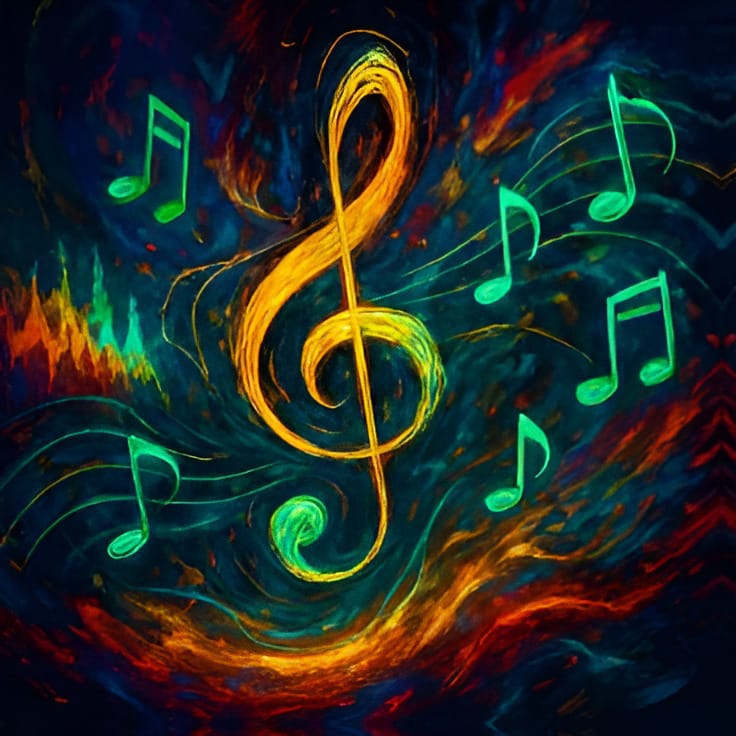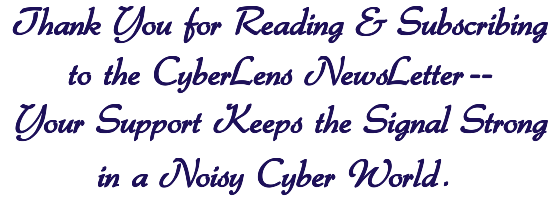- The CyberLens Newsletter
- Posts
- AI’s Great Remix Rewrite of a Music Frontier
AI’s Great Remix Rewrite of a Music Frontier
Digital imagination is reshaping music’s future
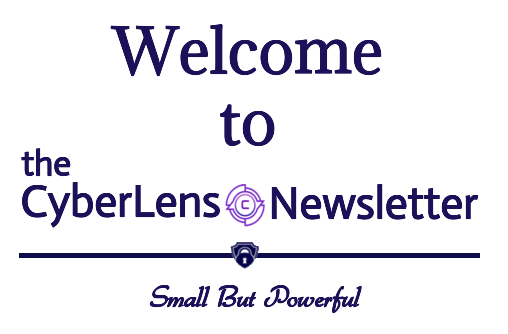
The best marketing ideas come from marketers who live it.
That’s what this newsletter delivers.
The Marketing Millennials is a look inside what’s working right now for other marketers. No theory. No fluff. Just real insights and ideas you can actually use—from marketers who’ve been there, done that, and are sharing the playbook.
Every newsletter is written by Daniel Murray, a marketer obsessed with what goes into great marketing. Expect fresh takes, hot topics, and the kind of stuff you’ll want to steal for your next campaign.
Because marketing shouldn’t feel like guesswork. And you shouldn’t have to dig for the good stuff.

📞🎶 Interesting Tech Fact:
An extraordinary invention from 1897 quietly changed the trajectory of technological music—the Telharmonium, a colossal 200-ton electrical instrument that transmitted live performances over telephone lines decades before radio existed. 🎹⚡ Its rotating dynamos generated pure electronic tones, allowing listeners miles away to hear concerts through bulky telephone receivers. Though eventually overshadowed, this early electronic marvel laid the groundwork for modern synthesis, streaming, and long-distance sound transmission, shaping a forgotten chapter in the evolution of musical technology. 🔌✨
Introduction
The soundscape of our era is shifting so quickly that even the most seasoned analysts are struggling to keep up. A frontier that once felt comfortably analog—creative, emotional, human—has collided head-on with vast, evolving machine intelligence. The result is a strange new world where melodies emerge from algorithms, voices replicate with uncanny precision, and entire songs are generated in seconds without a single guitar string plucked or piano key pressed. What began as an experiment in digital creativity has accelerated into one of the most consequential transformations the music industry has faced since the birth of streaming. And behind that transformation is the undeniable force of AI, expanding the boundaries of what can be imagined, produced, distributed, protected, and manipulated.
This moment is not simply about machines learning to sing. It is about the reconfiguration of culture itself—how it is made, how it is valued, and how deeply technology is now intertwined with the human impulse to express something beyond the ordinary. This evolution is forcing long-overdue conversations about agency, ownership, and meaning. Yet it is also generating a wave of creativity that feels exhilarating, disorienting, and full of potential. The result is a newsworthy collision between innovation and identity that is reshaping how we think about the future of sound.

Autonomous Music Engines
The last two years have witnessed an explosion of generative music platforms offering everything from simple melodic sketches to fully orchestrated, emotionally complex tracks. These engines operate on vast datasets—decades of recorded sound, millions of timbres, countless rhythmic patterns—absorbing them into a kind of embedded memory that allows them to synthesize patterns faster than any human composer could imagine. Tools like Suno and Udio have captured global attention not just because they generate competent music, but because they do so with a fluidity and speed that rivals the creative reflexes of seasoned professionals.
Suddenly, anyone with a laptop and a spark of curiosity can produce entire albums overnight. Independent creators who once struggled to access high-end production tools now wield software capable of producing polished studio-grade tracks in minutes. And while this democratization has been celebrated by many, it has also introduced a wave of uncertainty throughout the professional ecosystem. If music can now be made by machines that never tire, never pause, and never lose momentum, what becomes of the traditional pathways that once defined artistic careers?
The rise of autonomous music engines is not simply a matter of technology becoming more capable. It marks a shift in the core assumptions of creativity. Instead of humans crafting each note, machines now play the role of collaborators—or, in some cases, complete composers. The debate is not whether this is good or bad; it is whether the industry is prepared for the sheer magnitude of change that is unfolding.
Synthetic Voices and Imitations
One of the most electrifying and unsettling elements of AI’s advance in the music world is its ability to recreate voices with remarkable accuracy. These are not approximations—they are near-perfect sonic replicas that mimic breath patterns, tonal quirks, emotional inflections, and even the subtle wear that develops in vocal cords over time. With a few minutes of reference audio, an AI model can produce vocals indistinguishable from the original singer, leading to one of the most complex ethical battles in modern creative technology.
Artists have already found themselves confronting clones of their voices being used in tracks they never approved. Fans have stumbled upon AI-generated duets featuring artists who have never met. Record labels are scrambling to write new contractual clauses addressing vocal likeness, digital identity, and synthetic replication rights. Courts are preparing for an era of litigation built on intellectual property questions that current laws are not equipped to handle.
Yet even as these concerns dominate headlines, another truth is emerging: many artists are willingly embracing their synthetic doubles. Some use AI voices to experiment with styles they would never attempt in a studio. Some use synthetic replicas to maintain creative output while on tour. Others are crafting alternate personas—digital avatars with unique vocal signatures—allowing them to explore new creative paths without risking their existing brand.
This tension between risk and possibility is shaping a new artistic landscape. It is no longer unthinkable to imagine an artist releasing music entirely through a synthetic counterpart or performing live as both themselves and their AI-driven alter ego. The question is not whether this will happen, but which artist will be the first to fully embrace it, and how the industry will respond when they do.
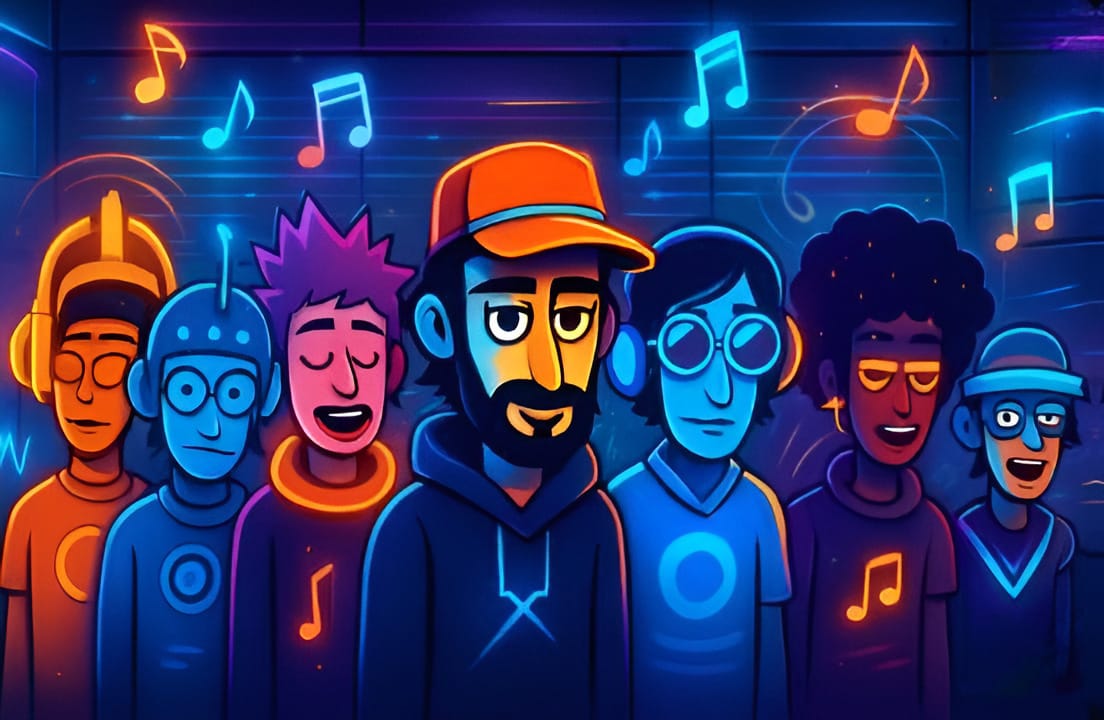
Streaming Manipulation and the Battle for Authenticity
If AI’s creative capabilities weren’t enough to disrupt the industry, its ability to manipulate streaming ecosystems has introduced a new and urgent cybersecurity challenge. Streaming platforms are now battling a sophisticated form of digital fraud in which thousands of machine-generated tracks are uploaded under fabricated artist names. These tracks then receive artificially inflated play counts through bot networks designed to siphon royalty payments from legitimate artists.
This phenomenon has escalated into a multi-million dollar problem, pushing platforms to develop advanced detection systems capable of identifying synthetic listening patterns. But the fraudsters are evolving too, using AI to create streaming bots that mimic human behavior with unsettling realism—pausing, skipping, revisiting tracks, adjusting volume, and interacting with playlists in patterns that appear organic.
The battle for authenticity has extended beyond play counts. AI is now being used to fabricate listener demographics, generate fake fan accounts, and inflate social metrics to create the illusion of popularity. For emerging artists, this distortion is devastating. For major labels, it represents a financial threat that cannot be ignored.
Yet even as streaming manipulation becomes a critical cybersecurity issue, it also forces the industry to confront deeper questions about how we measure artistic success in a world saturated with algorithms. If popularity can be manufactured with precision, how do we distinguish genuine cultural impact from artificially engineered influence?
Amid the disruption, something profoundly human remains. AI has not replaced the emotional spark that drives musicians to create, but it has altered the landscape in which that spark now must burn. Many artists describe working with AI as engaging with a collaborator that is unburdened by doubt, fatigue, or ego. Others describe it as performing beside an entity that does not fully understand emotion but can nevertheless generate it with uncanny skill.
This dynamic has given rise to new forms of creative dialogue. Producers use AI engines to explore harmonic ideas they would never invent alone. Songwriters feed their raw lyrics into models that produce unexpected melodic interpretations. Composers use generative tools to experiment with orchestral arrangements far beyond the limits of human endurance. What once required a full production team can now be executed by one person armed with software that operates like a tireless creative partner.
For some, this feels like liberation. For others, it feels like erosion. And yet, something profound is happening: the definition of authorship is expanding. Creativity is no longer limited to the human act of making something from scratch. It increasingly involves shaping, guiding, curating, and enhancing machine-generated ideas. This shift does not diminish human expression—it reframes it within a broader ecosystem of possibility.

A New Framework for Ownership, Agency, and Expression
As AI continues to infiltrate the music industry, the urgency to define new ethical, legal, and creative frameworks has reached a critical peak. Artists want clarity on rights to their likeness. Companies need guidance on how AI-generated content should be categorized, monetized, and archived. Regulators are struggling to keep pace with technologies that evolve faster than legislative processes. And audiences are beginning to question how much of the music they consume is truly human.
These challenges cannot be resolved with quick fixes. They require long-term systems capable of balancing innovation with protection, creativity with fairness, and freedom with accountability. Some of the emerging solutions include:
Key Areas of Rapid Transformation
1. Ownership Standards in a Machine-Generated World
Determining who holds creative rights when compositions emerge from shared human-machine collaboration.
2. Vocal Likeness Protections
Establishing new legal frameworks for synthetic voice use, consent, and compensation structures.
3. Authenticity Verification Tools
Digital watermarking and AI-detection systems designed to identify machine-generated tracks across streaming platforms.
4. Ethical Dataset Curation
Ensuring that training datasets reflect transparent sourcing and provide fair representation for the creators whose work fuels generative models.
5. Revenue Models for Hybrid Creativity
Developing new payment structures that acknowledge multi-source creative input across both human and AI contributors.
A World Where Every Sound Is Now Possible
The accelerating collision between human creativity and machine capability has produced a soundscape unlike anything in history. Music—one of the oldest forms of expression—is now being reshaped by forces that operate at the speed of computation. Yet beneath the algorithms, the math, and the mechanics remains something ancient: the desire to communicate through rhythm, tone, and energy.
Whether AI becomes a companion, a rival, a muse, or a mirror will depend on how this moment is shaped by the artists brave enough to embrace it and the industry leaders wise enough to guide it responsibly. The transformation is already underway, and its impact will ripple across culture for decades. It is not merely a shift in tools—it is a reshaping of the creative fabric that connects audiences, artists, and the stories they share.
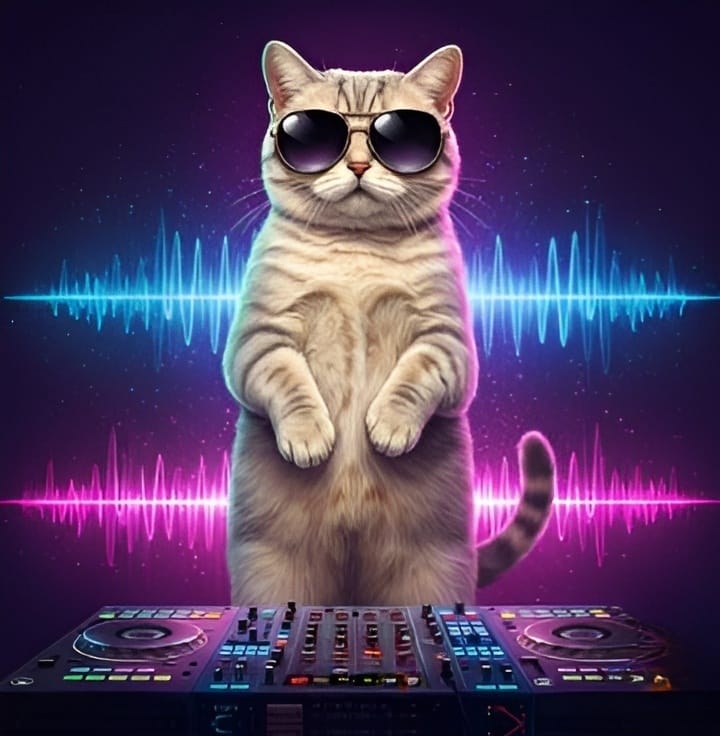
Final Thought
We are entering a new era where music is no longer bound by traditional limits—no longer confined to physical instruments, human stamina, or the slow grind of studio production. AI has opened a portal into a realm where imagination is amplified, where experimentation is infinite, and where sound can be molded with unprecedented freedom. But this freedom carries responsibility. The future of music will be shaped not only by what AI can generate, but by how humans choose to direct it, protect it, question it, and collaborate with it.
The next generation of musicians will not simply play instruments—they will command vast creative ecosystems, shaping ideas with machine partners that extend their reach beyond anything previously possible. Audiences will hear songs that challenge their expectations of identity and authorship. And the industry will be forced to evolve toward models that embrace this hybrid future without sacrificing fairness or authenticity.
The real story unfolding is not about machines replacing humans. It is about the emergence of a shared space—an intricate, expanding territory where sound becomes the meeting point between human emotion and computational invention. And in that space, the most compelling music of this century is waiting to be discovered.

Subscribe to CyberLens
Cybersecurity isn’t just about firewalls and patches anymore — it’s about understanding the invisible attack surfaces hiding inside the tools we trust.
CyberLens brings you deep-dive analysis on cutting-edge cyber threats like model inversion, AI poisoning, and post-quantum vulnerabilities — written for professionals who can’t afford to be a step behind.
📩 Subscribe to The CyberLens Newsletter today and Stay Ahead of the Attacks you can’t yet see.
